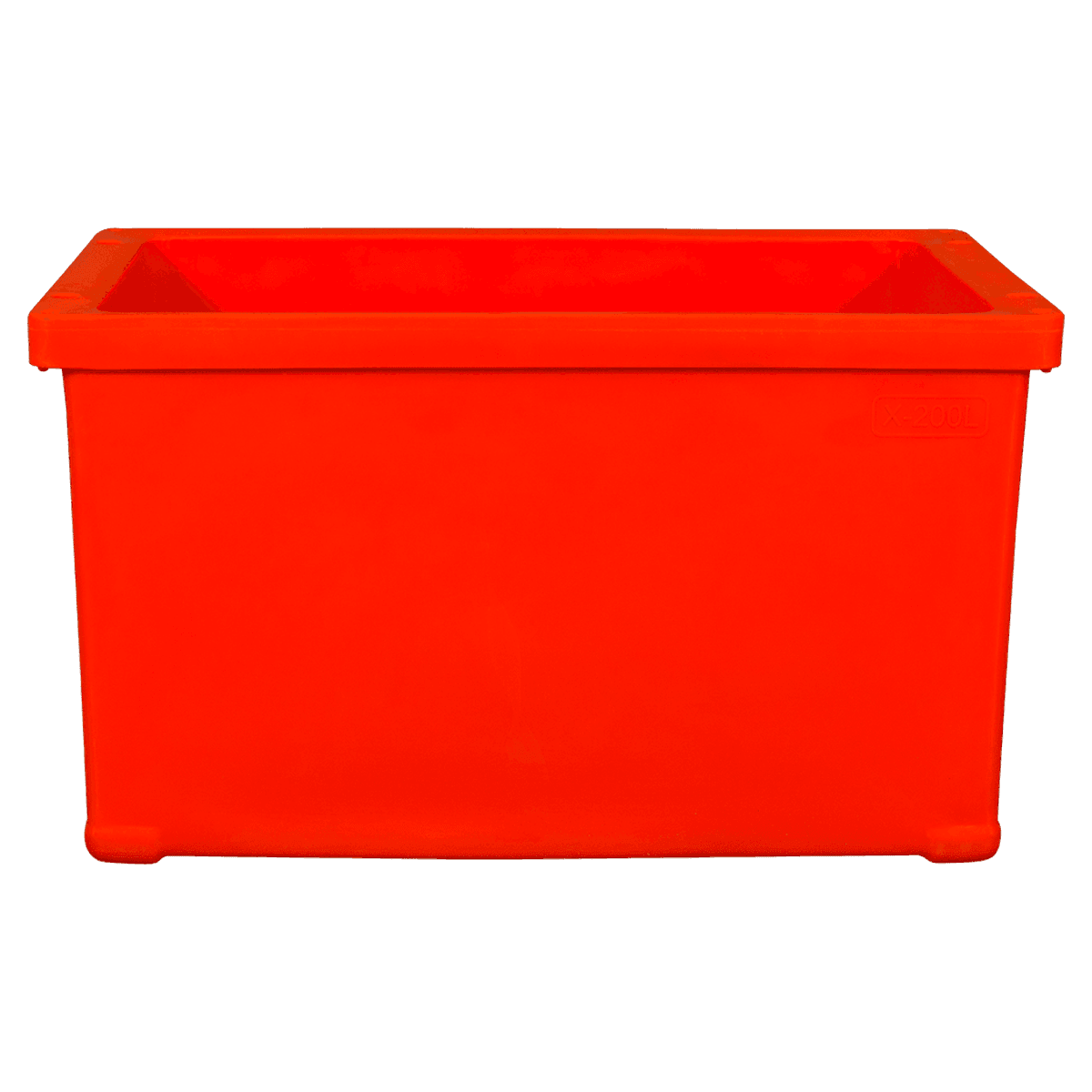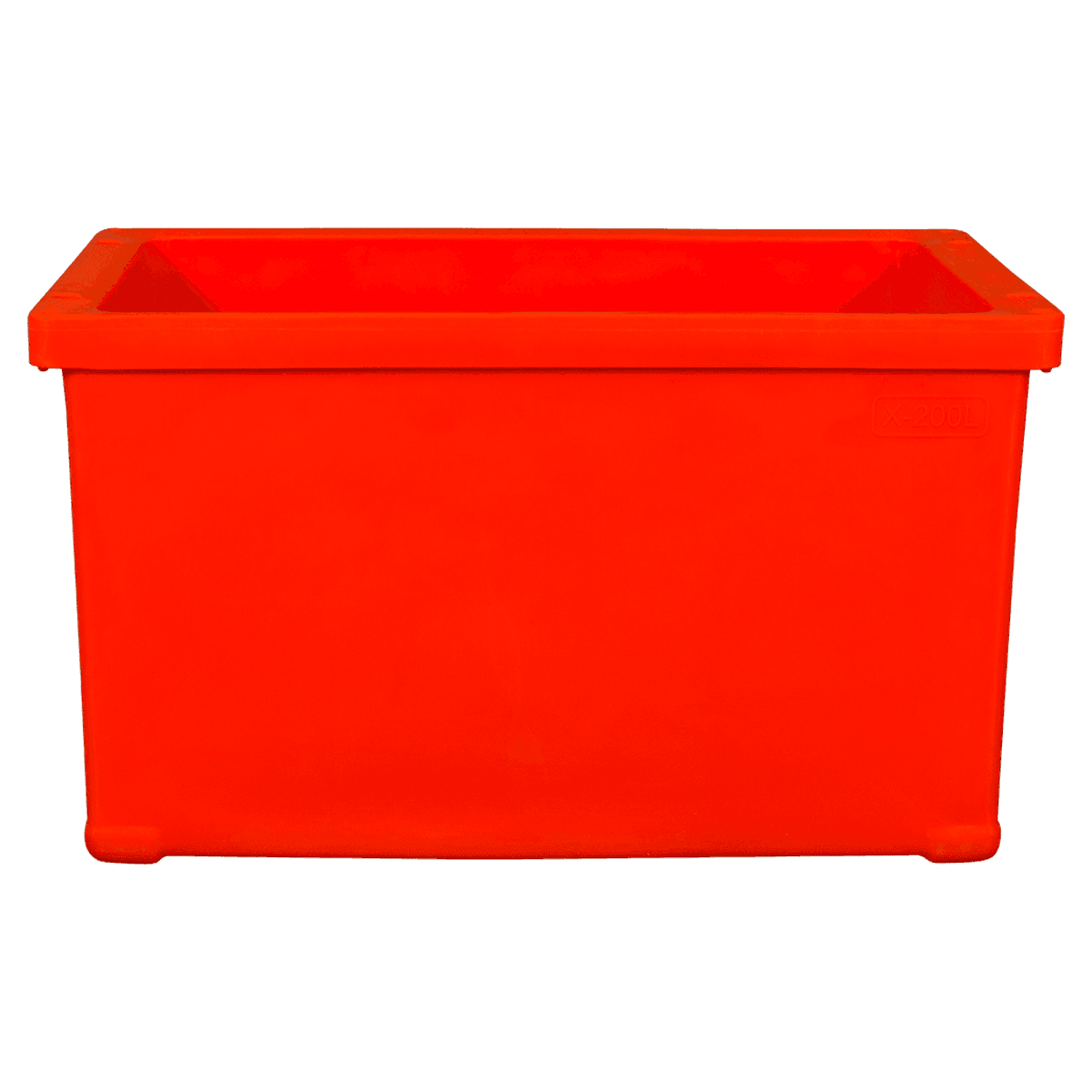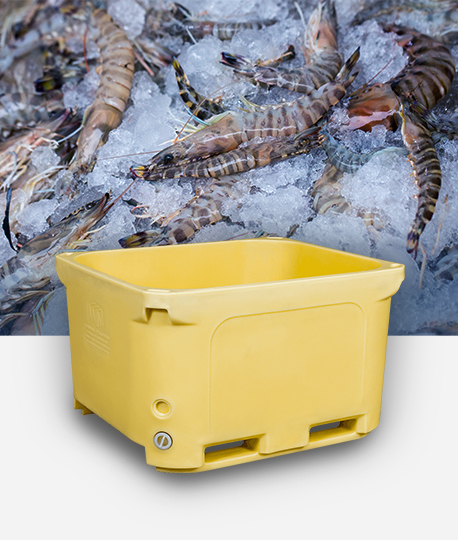1.Aeration Stones or Diffusers: These components, typically made of porous materials, evenly distribute air bubbles throughout the water column. The bubbles rise to the surface, facilitating oxygen transfer and ensuring that dissolved oxygen levels remain sufficient for the fish. Aeration stones or diffusers also promote water circulation, preventing areas of stagnant water where oxygen levels may become depleted.
2.Air Pumps and Air Stones: Air pumps provide a steady stream of air to air stones or diffusers submerged in the water. The constant release of bubbles agitates the water, promoting oxygen exchange at the surface. Air stones or diffusers come in various shapes and sizes, allowing for customization based on the size and volume of the transportation container.
3.External Air Exchange Systems: These systems incorporate fans or blowers that draw fresh air from the surroundings into the transportation container while expelling stale air. The exchange of air helps maintain oxygen levels and removes carbon dioxide and other metabolic wastes produced by the fish. External air exchange systems are particularly useful for long-distance transportation or when transporting large quantities of fish.
4.Ventilation Holes or Openings: Ventilation holes or openings strategically placed on the container's surface allow for passive airflow. These openings facilitate gas exchange between the interior of the container and the surrounding environment. Ventilation holes are often equipped with mesh or screens to prevent the entry of debris or pests while ensuring adequate airflow.
5.Temperature-Controlled Ventilation: Advanced transportation containers may feature ventilation systems integrated with temperature control mechanisms. These systems regulate airflow based on the temperature inside the container, ensuring that the water remains within the optimal temperature range for the fish species being transported. Temperature-controlled ventilation helps prevent thermal stress and maintains the physiological health of the fish during transit.
6.Microbubble Technology: Microbubble generators produce tiny air bubbles that remain suspended in the water for extended periods. These microbubbles increase the water's oxygen-carrying capacity and enhance oxygen diffusion throughout the container. Microbubble technology also promotes water circulation and mixing, preventing the formation of stratified layers with varying oxygen concentrations.
7.Monitoring and Control Systems: Modern transportation containers may incorporate sensors and control systems to monitor water quality parameters in real-time. These systems continuously measure dissolved oxygen levels, temperature, pH, and other indicators of water quality. In response to fluctuations or deviations from optimal conditions, the control system may adjust ventilation rates, activate alarms, or alert personnel to take corrective actions.
AF-1000L Long Distance Live Fish & Seafood Transportation Containers
AF-1000L Long Distance Live Fish & Seafood Transportation Containers
Wanma AF-1000L insulated plastic container is strong ,long-lasting and easy to handle. It is particularly well suited for handling of fresh seafood in various settings e.g. onboard ,during landing or processing. Wanma AF-1000L insulated plastic container is double-walled with a PUR core and a high insulation factor. It is commonly used for transporting shrimp ,herring, capelin ,and many other species. It is also good for storing lobster bait in long-term storage .The Wanma AF-1000L is easy to manuever and is accessible for both forklift and pallet jack.


 English
English Español
Español عربى
عربى 中文简体
中文简体
-4.png)
-4.png)
-2.png)

-2.png)
-2.png)




